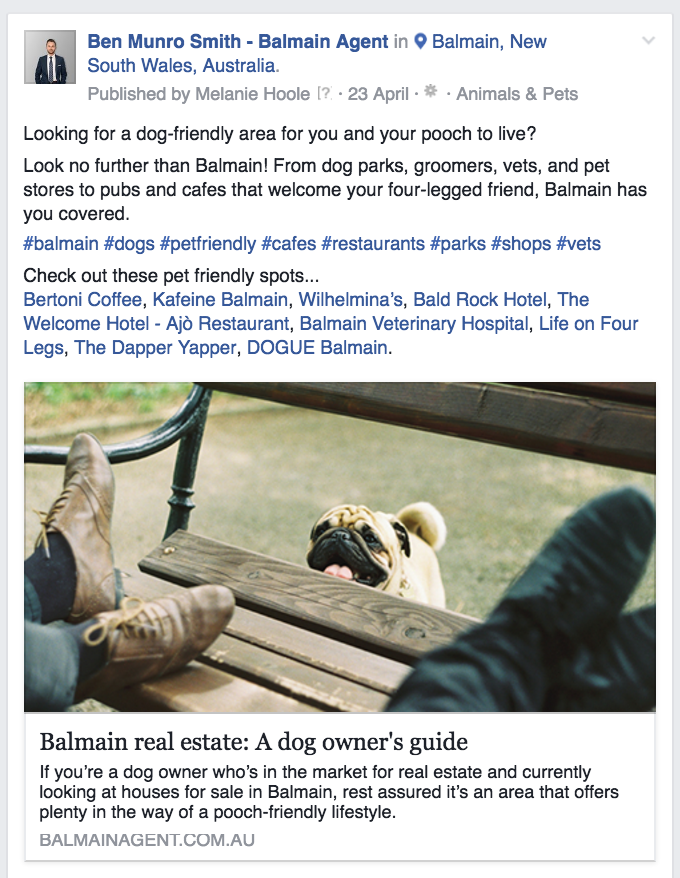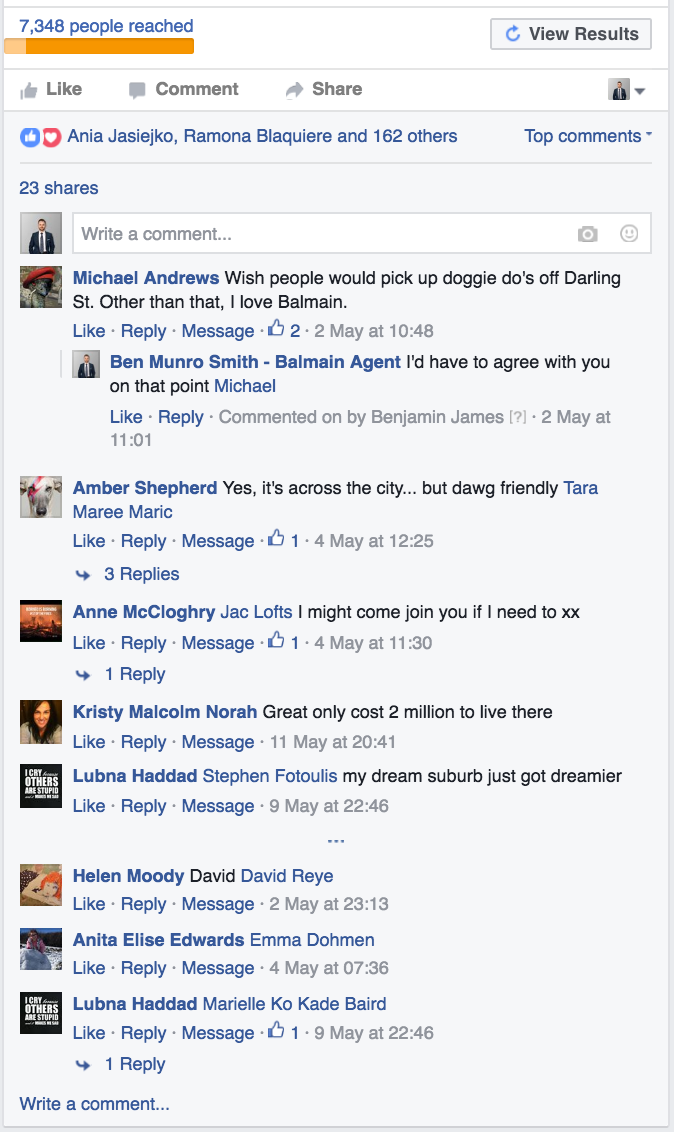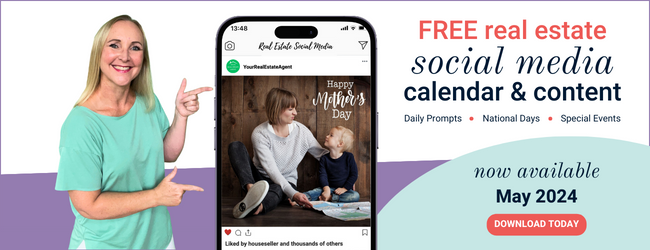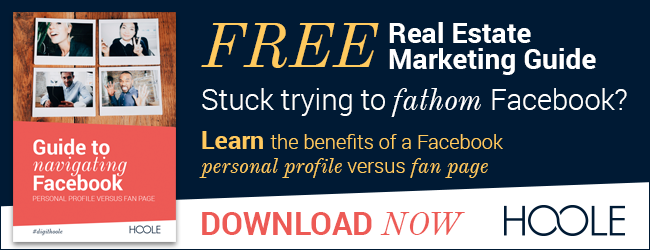As a real estate agent, it’s important to understand that successfully turning your home owner prospects into vendor leads and clients is a three-pronged process: attract, convert, and close.
Attracting strangers
As a real estate agent you should typically have a database of 500 to 2,000 property addresses in your core, or farm, area. The key, then, is to ascertain just who owns these properties and whether they’re owner-occupiers or investors. From there, it’s time to draw them in towards your business through available online channels. There are a number of strategies for doing so.
1 – Blogs
A great place to start is by sharing your expertise and know-how via blog articles that provide prospective home owners with relevant, helpful information – demonstrating that you are an expert in your market.
Blog posts can be either evergreen content – timeless material that’s always relevant – or newsworthy content, which is significant at a given time. It’s a good idea to have a mixture of both types.
Such content, done right, brings people to your website, by helping your brand show up in Google searches and giving you something of your own to share on your social pages. For example, one of my clients, a savvy Balmain real estate agent posted a blog entitled, “Balmain real estate: a dog owner’s guide”. Ben is a professional who understands how to engage his local audience and provide practical advice to help them.
2 – Keywords
Of course, after you’ve put in all that effort to create content, you want people to be able to find it – you don’t want it lost or hidden in cyberspace. So it’s important to optimise your content with keywords.

The Balmain example above, for instance, makes good use of both localised and topic-related keywords. For Ben’s article, we weaved in the localised keyword Balmain in the title, the subheadings, and the main body copy. His main article copy also uses keywords for other nearby suburbs, such as Rozelle, Balmain East, and Birchgrove. As for topic-related keywords, we strategically used names of parks; dog-friendly businesses; and other words that relate to having a dog: vets, groomers – you get the picture.
3 – The social media network
Keep in mind that having a relatively small audience of 500 people with whom you’re trying to engage and build an important connection is better than having 90,000 followers of whom few are potential clients. You can build this engagement by also sharing your blog posts across your social media marketing channels, such as Facebook and Twitter. Another hint? Mentioning and linking to other local businesses in your blog post (as we did with our Balmain Agent) also helps build this engagement, as those businesses are likely to appreciate the shout out and share your post with their own networks. So think locally – and help each other out.

Converting visitors
Remember, the name of the game is to get people to visit your business on the web, as Ben the Balmain Agent did. If you don’t have a website and blog, your LinkedIn profile page is your second best option.
If your LinkedIn profile’s not up-to-date, fall back on your agency’s page or other resources such as your profile page on your agency website, REA Group or Domain. These are good backup pages to have; you just have to recognise that if they’re your primary ‘go to’ page, you’re sitting in a directory alongside heaps of competing agents.
Ultimately, you want to build your own digital brand and establish your own website.
Then, once you have visitors, you want to encourage them to travel through your sales funnel to convert them into leads. This stage is all about calls to action (CTAs), forms, and landing pages.
1 – Call to action buttons and links (CTAs)
You need to provide visitors with a compelling reason to contact you. In real estate, the typical CTA you see is “request free appraisal” alongside such text as “find out what your property is worth” or “learn about how much equity you could access”.

Another common real estate CTA is “subscribe”, such as to an e-newsletter or monthly market update. You’ll want to use different CTAs for owner-occupiers from those you use for investors, while keeping in mind that your clients may wear several hats. At the end of the day, you want to build a holistic understanding of who they are and the properties they own and continually update that information in your CRM database.
2 – Contact forms
Forms further help you build this understanding. They can be as simple as a one-line ‘subscribe’ field that just captures an email address. Or it can have any number of fields, such as name, email address, property address, mobile number, and so on. Keep in mind that the longer the form, the more time and effort it takes the visitor to fill it out and the likelier they are to give up. Ask for the minimal amount of information you need to be able to effectively respond to them. (You can always find out more over the phone or even with a quick internet search.)
3 – Landing pages
Landing pages are simple web pages you can bring people to so they can, again, fill out a form. But in this case, you’re doing more than gathering data (though, of course, you’re still doing that). You may be asking them to register for an event or download some high-value content, such as a research report for investors or an in-depth guide to preparing your property for sale.
4 – Closing vendor leads
Once you’ve captured leads – those people who have engaged with you by commenting on your content or filling out your forms – how do you close the deal?

It’s important to have a strategy in place as to what to do when a lead comes in. For example, do you email them first or pick up the phone to contact them? How quickly will you get back to them? If you have various social media accounts, you’ll need to monitor those inboxes as well. Alternatively, you can change your settings to have a “contact us” button that sends people straight to your website.
Most leads are form-completions that come to you through email or directly into your customer relationship management (CRM) system. The added challenge for real estate businesses is separating your vendor leads from your buyer leads. Having behind-the-scenes processes in place that handle this means your prospecting staff can focus on the potential new business leads and other team members can concentrate on property campaigns and buyers. (Obviously, a buyer can also become a vendor, but you want to make sure you have a clear definition when you track leads in your database.)
Real estate agent Kevin Dearlove has the right idea. He has added a staff member to his team who is both a database expert and has outbound call centre experience with the sole focus of winning clients over at the conversion phase. So, if you want to implement an effective inbound digital marketing strategy into your business, the above lead generation strategies are your key to finding those needles in the haystack, i.e. homeowners that are preparing to sell in the very near future.
Want help with digital marketing? Contact me for a free 1 hour phone chat, where I will review your online profiles.


Join the Conversation - add your thoughts